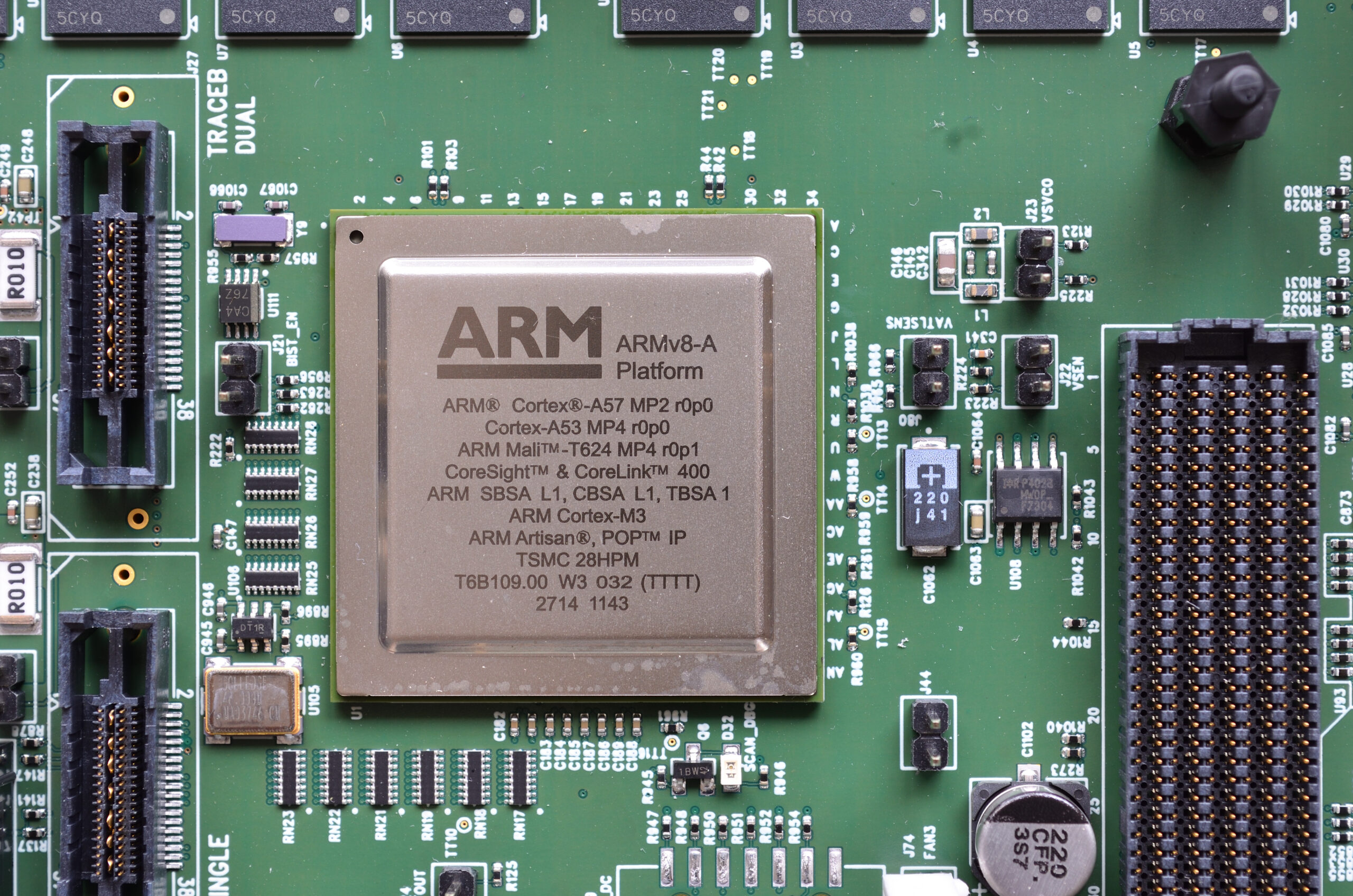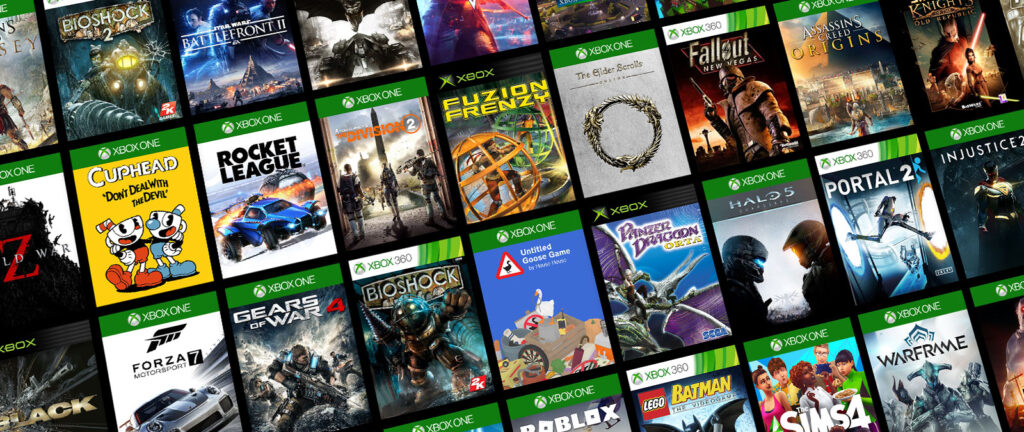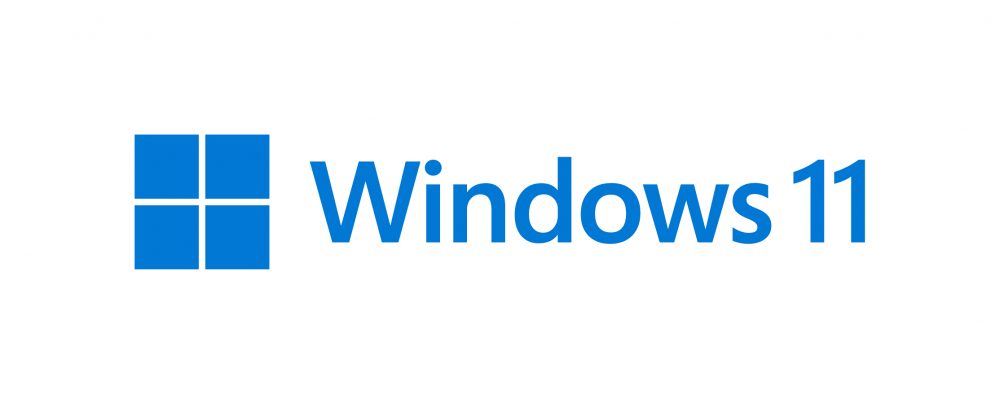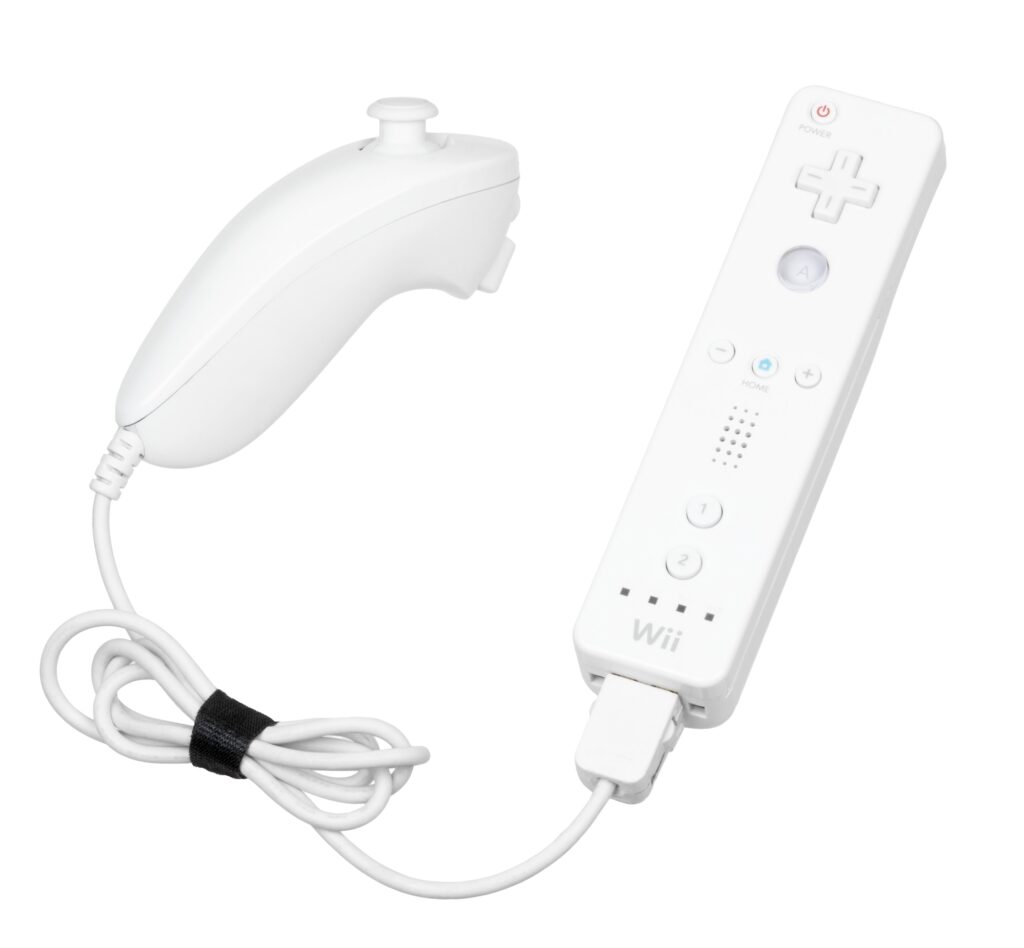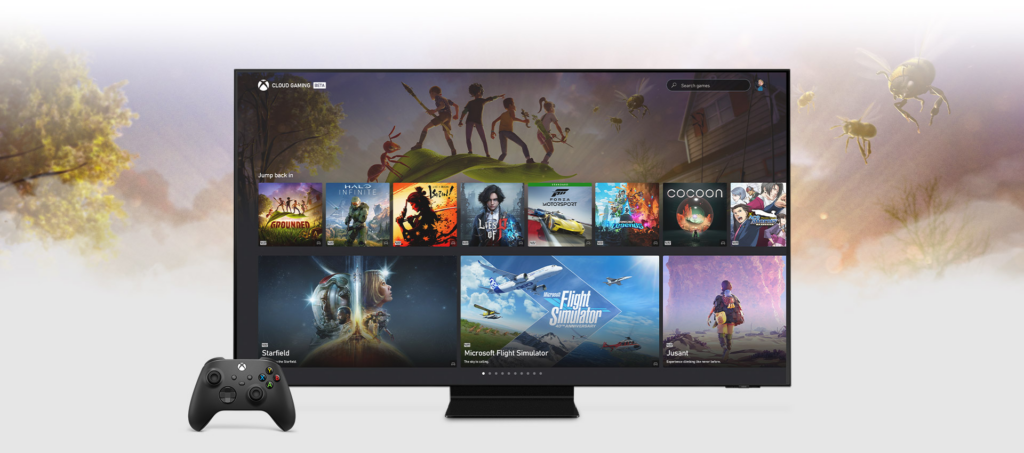A Quick History
Video game news, reviews, articles , opinion pieces and magazines have existed just about as long as gaming has. In 1975, Popular Electronics wrote about Pong in an article titled TV Game Turns Home Set into Tennis Court. In 1980, Playboy even had a crack at it. Electronic Games, Video Games Magazine, Antic, Nintendo Power, Game Pro and many more magazines were wildly popular.
It didn’t take long for television to jump on the bandwagon. Early TV shows like Starcade, The Computer Chronicles(sometimes), Video Power, GamePro TV and High Score pioneered video based video game news, reviews and competition. They were followed later by X-Play, Attack Of The Show, and CNET TV.
This lead us to where we are now with anyone creating video game related podcasts, Youtube and Twitch channels. It can be argued that one of the first was PcEngineFX.Com where Aaron posted articles and videos about his appreciation for the TurboGrafx-16 and PC-FX.
There’s one thing in common with all of these examples. They weren’t focusing on retro gaming. Everything was still new and exciting.
I consider Retro Gaming Radio, The Retro League and Retronauts to be the most influential early retro video game podcasts.
Where We Were
Many of the above examples were created by people who were simply video game enthusiasts. In the 1990s, many of my friends, while reading Nintendo Power or Die Hard GameFan would dream of somehow working in the video game industry. Programming video games? Testing video games? Reviewing and reporting on video games? Most didn’t seem to care. As long as they could dedicate their lives to their childhood passion. Can you blame them? Some of those people, like Jeff Gerstmann, Glenn Rubenstein, Jeremy Parish, Chris Charla, Daemon Hatfield and more took the initiative and made it happen. So we had our peers, who grew up with games almost since they were invented, reporting and reviewing them.
Around the turn of the century, with the release of the Playstation 2, Gamecube and Xbox, was when many of that generation fell back in love with the games of the past. The 8 and 16 bit artist treasures that shaped them as human beings. Purchasing old Nintendo games in bulk was a cheap as it would ever be. Computer emulation was quickly advancing and widely available with emulators like Nesticle, Snes9x and Kega Fusion were becoming more and more accurate.
This nostalgia was infectious. Retro video game prices were climbing fast. Retro podcasts were popping up everywhere.
Those of us that were there, that lived it, would tell our nerdy stories. We would interview our programming heroes and get the real story behind many of the games we loved.
Where We Are Now
We are currently at a significant changing point in retro video game reporting. Everyone has a podcast. EVERYONE. The well researched and accurate podcasts and Youtube channels are being drowned out by the rest. The exact same problem exists in video games, music, books, etc. We are all the creators and publishers with little gatekeeping. Which is great until it isn’t. I’m sure AI will not help.
Everyone’s opinion deserves to be heard. But let’s not let that mute the facts of gaming history.
For example, If you look and this article and this article, they are surprised that when you die in Super Mario Bros, you can continue in the same world if you hold down A then press start. Though I haven’t comb every old magazine for this “cheat”, this was common knowledge to everyone on the school playground back then. With a quick search, I can find a GameFaq reference to this, written in 1999. On page 31 of the Official Nintendo Player’s Guide from 1987, they document it as well.
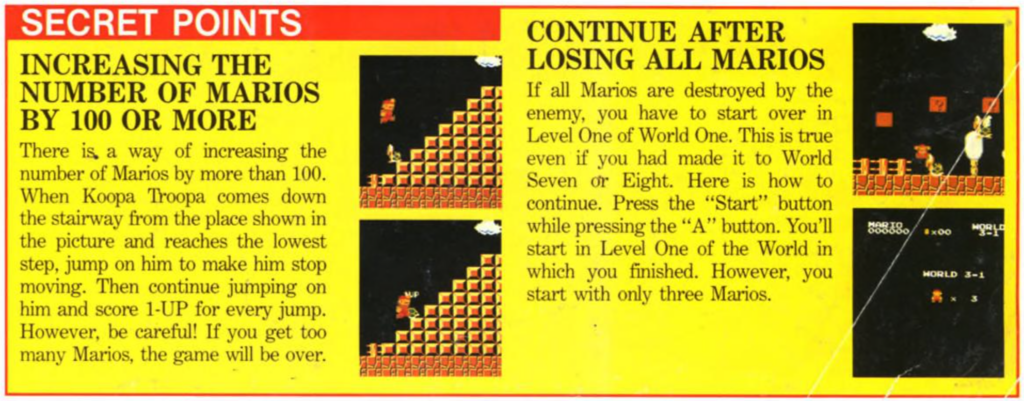
This was a very popular book. You either owned it or your friend’s brother did and you read it any time you were at their house. With a simple search, these articles could have been written much differently. Possibly a focus on old strategy guides and how it may be becoming a lost art? These articles aren’t lying. They aren’t nefarious by any means. But they to paint a false picture of the past. It’s as if this is a new undiscovered secret. But in terms of “secrets” or “cheats”, this was known by pretty much everyone. Though this may sound petty, I do think it is important lost context.
Then there are all the younger Youtube channels that cover retro gaming. Again, most of them don’t deliver lies. And if they do, it does not seem intensional. But it’s as if I’m witnessing generation loss in realtime. Oral history told over and over, slightly different each time. A random person’s third hand account becoming dogma.
As for the context part, I almost don’t fault them. It’s not like there’s a card catalogue reference they could use to easily fact check themselves.
The Future
I don’t claim that my podcast adds anything but context. Remember when I told you everyone has a podcast? People like me, who lived through the birth of video gaming and the internet are getting pretty old. Soon, people my age will not be creating anymore. The only ones left to keep the retro video game stories alive will be people that weren’t there. And that’s ok. That’s what historians and enthusiasts are. There are great podcasts and Youtube channels that talk about old cars, movies, music, books, and really any topic that’s ever existed. None of them were there to experience it when it was first created. As The Simpsons in the image of this post stated “The children are the future, ya ya ya”.
Podcasts like The Retro Hour do an amazing job of letting the people that actually wrote the video games tell their story. Youtube channel Userlandia makes great videos debunking old computer and gaming myths.
Cranky old men like myself need to pass the torch. It will happen weather we like it or not. So we need to set up the next generation for success.
First, all interviews, references, etc should be cataloged and backed up on a place like Archive.org. Then, it should be cataloged and easily searchable via a user interface and an API. Ultimately, all the mobygames of the world should link to it.
This will be a heck of a lot of work. This is not just cataloging and linking interviews to video games. But PDFs, gamefaqs, etc.
With a tool like this, facts can be delivered to the next generation to retro video game creators.


